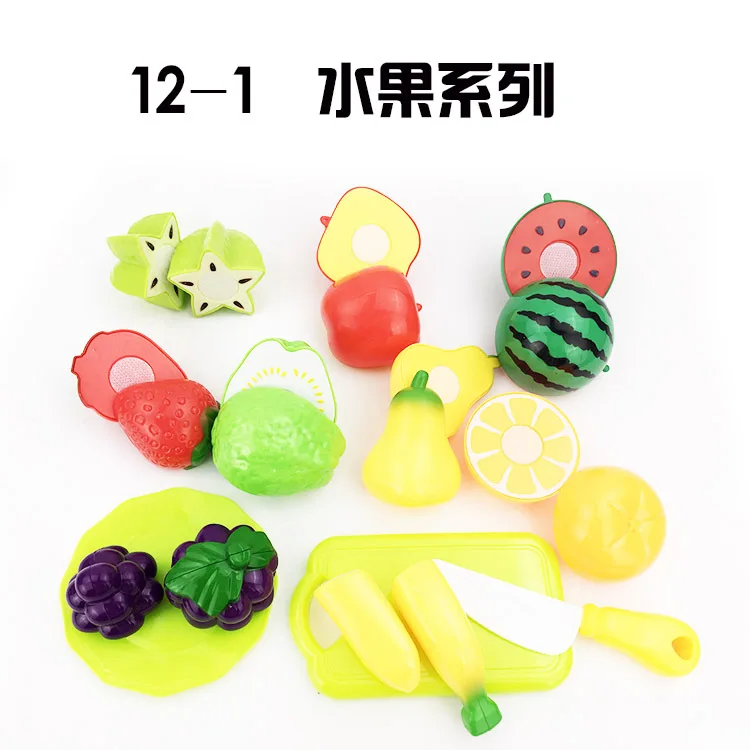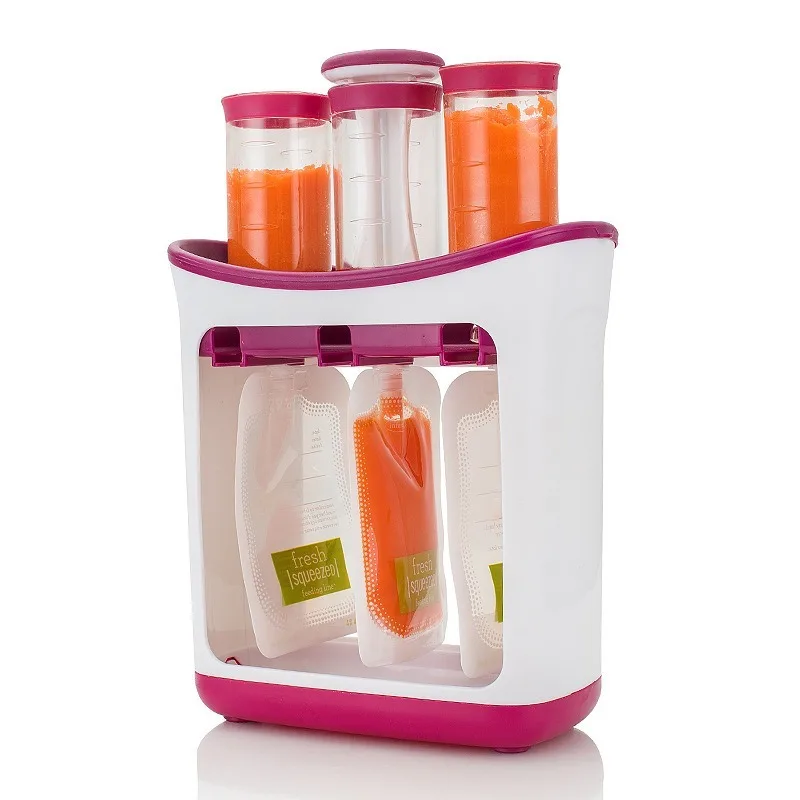Food for baby molly fish
How to Care & Grow Molly Fish Fry (Best Tips)
Mollies don’t have any parenting habits so parent molly does not protect their Fry Mollies. Even their own mother can eat babies, so they need much care in order to survive.
Female mollies give birth to babies or young ones that are called so “molly fry”. These babies are just like the adult molly but small in size, Tiny version of adult fish. So after birth, these babies need proper care, living space, and special food. So the special care needs things listed below:
- Fish Food
- Small Fishtank setup
- Prevention from diseases
Contents
- Fry Mollies Food:
- Tank setup for babies:
- Prevention from diseases:
- Fry Molly Grown Up to Adult Mollies
- Size:
- Colour:
Fry Mollies do not require a special diet plan. They can eat that food adult mollies eat but it’s better to provide them food to be crushed in powder form than usual so they can easily eat them.
Because they have a very small mouth. the fry fish mouth is smaller than a grain of food. Meaty food like brine shrimps, glass worms, blood worms, and black worms will allow the fry fishes to grow quickly and become healthier but in chopped form. Feed them branded food to achieve the best growth, size, and color patterns in it.
This doesn’t mean that fry mollies are not born with definite colors and shapes but the proper food only enhances the beauty and growth of mollies.
Related: Ultimate Guide About Molly Fish Diet & Feeding
Tank setup for babies:
As you know now that parent mollies do not care for their babies. Fry fish could not live more life in a big tank with adult mollies because they eat them all in a short period. So for the survival of newly hatched babies, we separate them in a small tank with the same conditions as water parameters, temperature, and food. If you need more fishes in your aquarium after some period of time.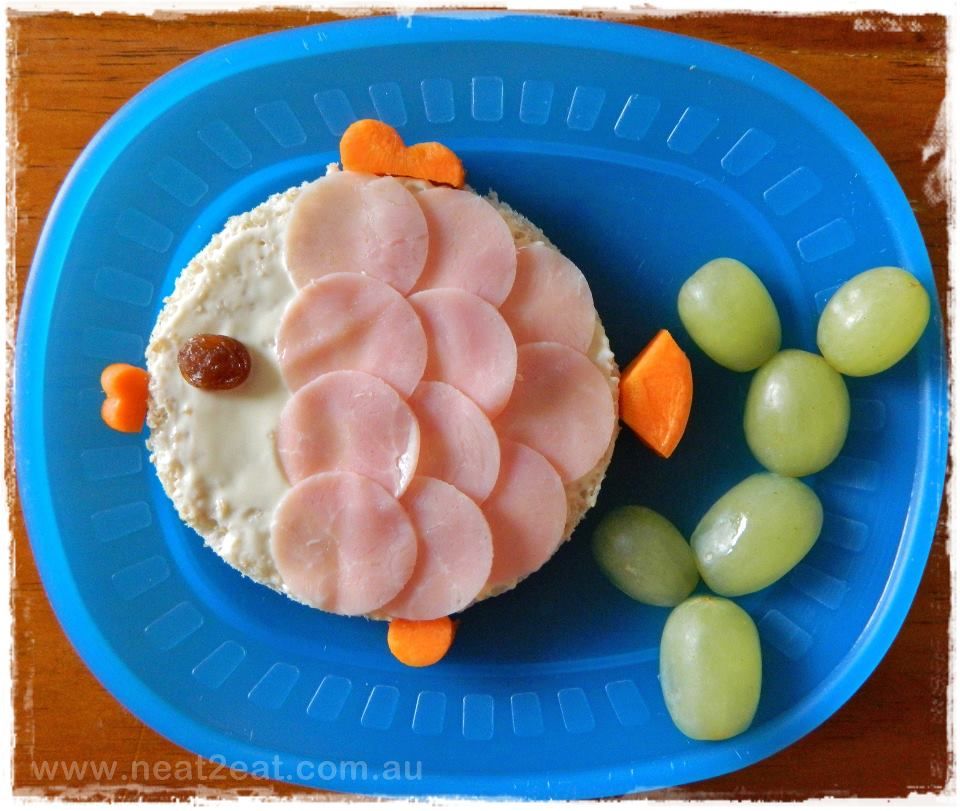
This tank setup is also helped a lot a pregnant molly to survive well in such critical conditions. After birth, we separate that female again in the parent tank.
- How to Breed Mollies & Caring Pregnant Molly [The Right Way]
Another way to save fry mollies can be achieved by providing them space to hide. Add as many as real or artificial plants in the aquarium or tank. Plants having longer leaves that float up to the top of the aquarium are much better in providing space for the fry mollies to hide.
Prevention from diseases:
As you know that air consists of many microorganisms that harm other living organisms. So they also try to enter in water or you can say that some parasites or fungi like microbes are always present in water. Our ultimate goal is to save babies of our fish to grow them into adults.
Babies have less immunity to diseases and environmental changes. We use different chemicals to maintain habitat and keep them safe. One of them is methylene blue. As we know fungus is the main reason for death in mollies
One of them is methylene blue. As we know fungus is the main reason for death in mollies
So I have also written a piece of content on it to save your fry babies 🙂
- Methylene Blue (An Ultimate Treatment For Sick Fish)
Just after 4 months, fry mollies completely change to adult fish. They do not get specific colors while during this time span they acquire the major color variations and shapes. They can get beautiful colors due to quality food and good habitat.
Read also:
- Birthing Guppy Babies – How To Take Care Guppy Fry Properly
The maximum size of an adult molly is approximately 6 inches while this size may vary from species to species. The average size of molly fish is about 2 to 4 inches.
Colour:Babies usually don’t have bold and specifically defined colors after birth but they will acquire their specific color combinations after reaching their adulthood.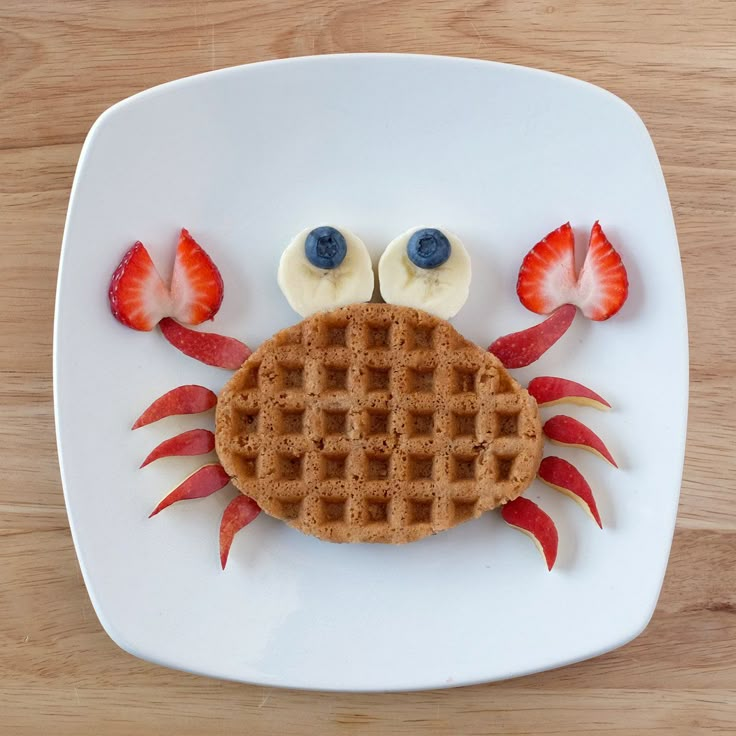 The color variations mollies usually have white, black and orange as their three primitive colors and all the other color combination coming out are from these three.
The color variations mollies usually have white, black and orange as their three primitive colors and all the other color combination coming out are from these three.
- List of 40+ Molly Fish Species & Varieties
What Do Baby Molly Fish Eat? Something You Must Know If You Decide To Keep Baby Fish
Molly Fish is a type of tropical fish that lives within freshwater rivers and streams. They can grow to be between four inches to six inches long, depending on their age. Baby Molly Fish are small and cute, but they don’t stay that way for long. What you may not know is what baby Molly fish eat?
Just like the adults, baby Molly fish is also omnivorous. The baby mollies eat both plant and animal matter. They tend to feed on worms, insects larvae, crustaceans, etc. The babies can also feed on algae and detritus present in the aquariums. Baby mollies are playful little creatures that play all day long and are very active, even during feeding times.
In this post, we will be talking about baby Molly fish food and how to feed them.
Table of Contents
What Do Baby Molly Fish Eat?Baby Molly Fish eat micro-organisms and small plants. They have a high metabolism, so you must constantly feed them, or their health will deteriorate quickly. These fish tend to like smaller flakes as opposed to larger pellets. But you should experiment with both types of food until your Baby Molly fish decide which type they prefer.
Baby Molly Fish are omnivores, so they will eat most food that you give them. However, baby Molly fish also like to have a variety in their diet.
What Is The Best Food To Eat For Baby Molly Fish?Baby Molly Fish eat fish flake food, shrimp pellets, and freeze-dried brine shrimps. They are omnivores, so they will also feed on green algae in the aquarium. You should feed baby Molly fish three times a day with small food portions for each feeding time. As baby mollies can quickly become overweight due to their fast metabolism, you should be cautious when you feed them.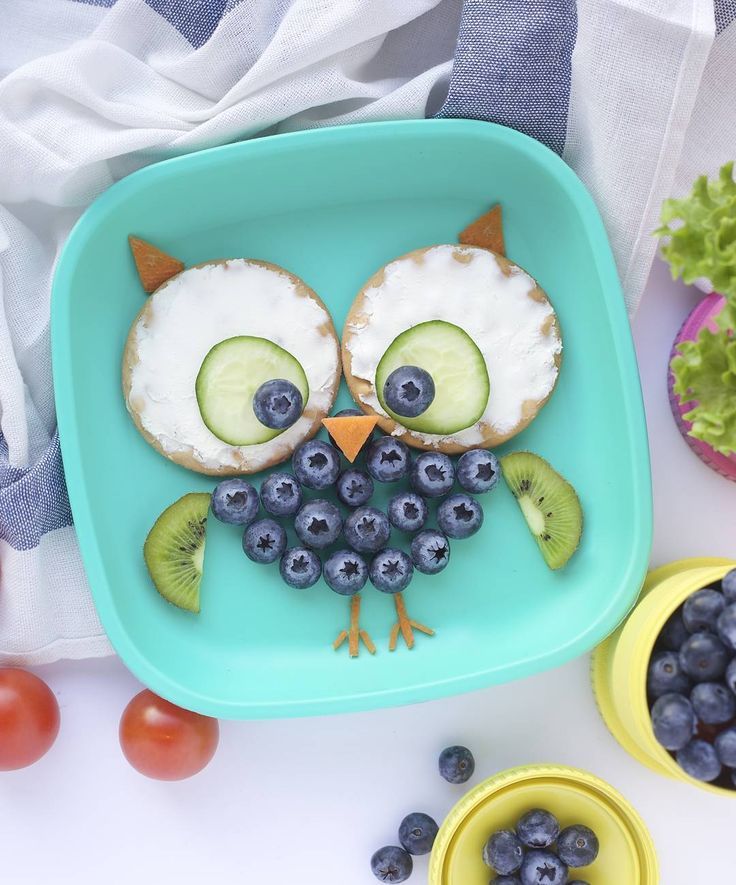
You should feed Molly fish until they become almost round in shape, and then stop feeding them as this will cause the baby molly to have a higher chance of getting sick or even die when it is older!
How Often Should You Feed Your Baby Molly Fish?Baby molly fish is straightforward to take care of, but you should know that they require some food here and there. They eat in small amounts throughout the day. Thus, it is important to feed them properly the whole day.
Baby molly fish eat flakes off a spoon, but you should not feed them just any old flakes. They require exceptional flake food specially made for baby Molly Fish. Since these fish are smaller than regular goldfish, their stomachs can’t hold as much food at a time either.
There isn’t a specific amount of time you should feed your Baby Molly Fish. You will want to watch them and see how much they are eating in a day. If it seems like they aren’t getting enough food then you can start feeding them more often. Baby molly fish eat flakes off of a spoon just as quickly as regular goldfish would, so this is the best kind of food you can give them.
Baby molly fish eat flakes off of a spoon just as quickly as regular goldfish would, so this is the best kind of food you can give them.
Baby molly fish have specific care requirements to ensure they stay healthy. They are schooling fish who need the company of fish to feel safe and happy in their aquarium. So it is important that you add at least two or more baby Molly Fish into your tank.
Environment For Baby Molly FishBaby molly fish is an exciting species to keep because they can live in a smaller aquarium than most other tropical freshwater fish. Ideally, it would be best to house these fish in a tank that is at least 20 gallons (but more significant is always better), and the water temperatures should remain between 22-28C or 72 – 82F.
Food For Baby Molly FishBaby molly fish are omnivorous, meaning they eat both meat and plant matter. Therefore, they are not picky about what foods they will accept, and most types of flake food are suitable for them. However, you must supplement the flakes with frozen or live brine shrimp as this provides an additional source of protein to keep them healthy.
However, you must supplement the flakes with frozen or live brine shrimp as this provides an additional source of protein to keep them healthy.
It would be best if you offered Molly fish with various vegetables to ensure they receive all the nutrients they need. For example, try feeding them blanched zucchini, cucumber, or spinach.
Baby Molly Fish will also love live foods, such as bloodworms or brine shrimp. You can give the baby fish these foods once or twice a week, but you can provide flake food daily.
Regular Water Changes For Baby Molly FishBaby Molly Fish are sensitive to nitrates and ammonia in their aquarium water. So these fish requires a lot of care and maintenance. Baby molly needs at least a 25% change in water every week. You should do this more often if your baby molly is still young or lives in an overpopulated tank.
Tankmates For Baby Molly FishBaby molly fish is a peaceful species that can live with most other freshwater tropical fishes. These fish are not aggressive, and they should get along well in the aquarium with guppies, platys, or angelfish.
These fish are not aggressive, and they should get along well in the aquarium with guppies, platys, or angelfish.
Baby molly fish requires regular cleaning of their tank. You should clean their tank properly after feeding your baby Molly fish. You can use a gravel siphon to remove any debris settled on the bottom of your aquarium.
Require special lightingBaby molly fish is not demanding about their light requirements. However, baby molly should ideally have some form of shaded area in their tank. These fish do not need intense lighting as Baby molly fish are nocturnal, and they will come out to feed mainly at night.
Live Plants And SubstrateBaby molly fish is a tropical freshwater species that live in an aquarium with plants or dark substrates (such as black gravel). They will enjoy hiding among the leaves of your aquatic plants, and they also like to root around for food between rocks.
Baby Mollies are sensitive to toxic chemicals. So you mustn’t use any substrate treated with chemicals to avoid poisoning Baby molly fish.
So you mustn’t use any substrate treated with chemicals to avoid poisoning Baby molly fish.
Baby Mollies are omnivores and eat a wide variety of foods in the wild. So this is what you can feed them too!
InsectsMolly fish will happily consume live food such as brine shrimp. In addition, baby molly fish will eat daphnia, mosquito larvae, and micro-worms which are all small enough to consume whole.
VegetablesBaby Mollies will eat most green vegetables, including cucumber, zucchini, and peas. These fish also enjoy algae wafers or blanched spinach to give them a more balanced diet in the wild as well!
Frozen FoodsMollies tend to be happy with frozen food too. Bloodworm is a favorite food of most aquarium species. But prepare the live foods properly before giving them to your fish.
Fish FoodMollies will eat commercial fish food. However, baby molly fish should be fed a high-quality flake or pellet food, with occasional live daphnia as a treat. It is crucial to ensure the pellets are of good quality and do not contain any artificial colorants which can cause harm in excess. Flakes for smaller fish are a good option as you can crush them easily.
It is crucial to ensure the pellets are of good quality and do not contain any artificial colorants which can cause harm in excess. Flakes for smaller fish are a good option as you can crush them easily.
Molly fish are omnivores and will eat live plants. Baby mollies can also eat algae wafers or shrimp pellets, although you need to crush the food before giving it to the smaller ones.
What Should Baby Molly Fish Not Eat?Baby Molly fish have different diets depending on their stages in life. Baby molly fish eat the same types of food as adult mollies. But they need to eat more often because they grow and burn through nutrients quickly. However, there is some food that you should never give Baby Molly Fish:
Brine ShrimpsBaby mollies should not be fed brine shrimp. They are born with a mouth that can only suck up small food particles, so the fish need to eat live foods like baby brine shrimp. These fish will try to bite at shrimps, and their teeth stick on shrimp, or they could even rip their lips.
Baby Molly Fish can also choke on brine shrimp. They are so small that the fish may accidentally eat them whole instead of sucking up food particles as regular baby mollies do with other foods. You should not feed baby mollies with brine shrimps unless you know how to catch and feed them properly.
Baby Mollies are not the best choice for beginners because you must be very careful when feeding baby brine shrimp to them. Furthermore, brine shrimp alone cannot be a staple diet for baby Molly fish.
Larger Fish FoodBaby Molly fish can eat the same type of food that adult molly fish eat. But they cannot usually take down bigger pieces of food because their mouths are too small to bite off that much food. So you should never feed baby mollies any animals or plants bigger than their bodies because they may choke and die on them.
Baby Molly Fish also need a lot of nutrients. So it is important to feed them smaller pieces of food until they can eat whatever you want without choking or struggling. You can feed them foods like algae wafers and blood worms in small pieces.
You can feed them foods like algae wafers and blood worms in small pieces.
Baby Mollies also should not eat fish food pellets. They are too big for their mouths, and these pellets can cause their stomachs to expand or even stuck inside them if they swallow them whole.
Some Live PlantsBaby molly fish are tiny and have delicate digestive systems. It would be best never to feed them live plants because they lead to blockage or indigestion. This could lead to death for baby mollies.
Baby Grindal Worms (Dusted With Vitamin Supplement)Baby Molly Fish are carnivores and should be fed meaty foods. They need food high in protein but low in fat, so don’t feed them live worms or insects because they have too much fat for baby molly fish.
Baby Grindal worms are a good option because they’re high in protein and fat. But you must dust them with a vitamin supplement before feeding Baby Molly fish.
What Baby Mollies Eat As They Grow?You should feed baby molly fish three times per day when they first come home from the pet store or breeder. Then, as Baby Molly Fish grows, you should provide them three to four times per day.
Then, as Baby Molly Fish grows, you should provide them three to four times per day.
Baby molly fish are very active and will need a high protein diet (about 32%) and fat (14%). These fish also have sensitive eyes and should only eat foods with Omega-Three fatty acids such as brine shrimp or blood worms. You should feed them a varied diet as much as possible because some are high in fat and others have too many carbohydrates or not enough protein.
Some FAQsDo Baby Molly Fish Bite?No, Baby Molly Fish do not bite.
Do Baby Molly Fish Swim?Yes, Baby Molly fish are very active swimmers, and they can swim well for up to a year or more as juveniles but then will settle down in their adult life. However, some people may find that certain species of mollies, such as Sailfin Mollies, will continue to swim well into adulthood.
How Long Do Baby Molly Fish Live?If you look after your fish correctly, then Baby Molly fish can live for up to five years or more in the right conditions and with a suitable diet.
Baby molly fish eat a variety of different types of food. Therefore, you must provide your baby mollies with an overall diet plan that consists mainly of brine shrimp (either frozen or live), bloodworms, glass worms, and daphnia. Baby molly fish can also eat flake food, but you should feed this sparingly as it is not a great source of nutrition for your Baby Molly fish.
Do Molly Fish Eat Their Babies?No, they do not eat their babies. Molly fish are livebearers. Females will give birth to live young, which develops inside the body of the female rather than in an egg. Molly fish are very protective of their babies, so they will not eat them. But sometimes, they can become aggressive when their water conditions are not favorable. As a result, they might eat their babies.
ConclusionTheir owners often feed baby Mollies brine shrimp as it is a protein source. Of course, any live food will work well; however, baby molly fish also need to have access to plant matter to get all the nutrients they need. And an occasional treat of bloodworms is acceptable if the flake food is high in other nutrients and vitamins.
And an occasional treat of bloodworms is acceptable if the flake food is high in other nutrients and vitamins.
Baby Mollies are also very sensitive to poor water conditions. Hence, regular water changes are essential for their survival, as well as a reliable filtration system that you can trust will keep your tank clean and healthy for them.
If you would like any additional information, please feel free to leave me a comment below, and I will answer it as soon as I can.
What to feed mollies fry | Aquarium fish food
Mollies need to be fed with live food in order to grow well. Do not try to feed mollies fry with various dry and artificial foods. Even on the most expensive and praised feeds, the result will not please you. Why is this happening?
The growing organism of fry needs a complete food more than ever. Therefore, fry in the first days of their lives, strictly following their instinct, are in search of only natural healthy food containing all the necessary nutrients and amino acids. It is to such a complete food that live food belongs.
It is to such a complete food that live food belongs.
And if at this time the fry are deprived of good nutrition, the fry will develop dystrophy with accompanying death. The best food for fry of the vast majority of fish species is zooplankton. Pay attention to how indifferent the fry are to artificial food and how eagerly they eat the caught live daphnia.
What to feed mollies fry in the first days
Mollies fry are born quite large and from the first day they are able to eat such live foods as: vinegar eel, brine shrimp, cyclops, chopped aulophorus and tubule, as well as other living organisms available in size. If mollies fry have appeared in your aquarium, you need to transplant them into a separate aquarium as soon as possible. It is not at all necessary to look for live food for fry in natural reservoirs. All the most necessary live foods can be easily bred at home.
Vinegar Eel
The easiest live food to breed at home is Vinegar Eel. Acetic eel has additional names: microfeed, microworm and nematode. To breed an eel, you will need a shallow plastic container with a lid that closes. The acetic eel feeds on the vinegar formed by the souring of flour products, such as bread or oatmeal.
Acetic eel has additional names: microfeed, microworm and nematode. To breed an eel, you will need a shallow plastic container with a lid that closes. The acetic eel feeds on the vinegar formed by the souring of flour products, such as bread or oatmeal.
You can use oatmeal porridge or simply soaked bread as a top dressing. Cooking porridge from oatmeal is very simple. Hercules flakes ground in coffee grinders should be brewed with boiling water and cooled. The resulting mass should resemble batter. To increase carotene in the worm, grated carrots can be added to the top dressing.
Place a top dressing in a 2-3 cm layer into the container, add a spread of acetic eel and close the lid. After 7-10 days of breeding worms, you can begin to feed the fry. Acetic eel is collected with a watercolor brush from the walls of the container into a jar of water. The water is allowed to settle, then the cloudy water is drained and the clean water is poured.
The procedure is repeated until the drained water becomes completely clear, only after that the worms can be fed to the fry by pouring them into the aquarium near the compressor sprayer.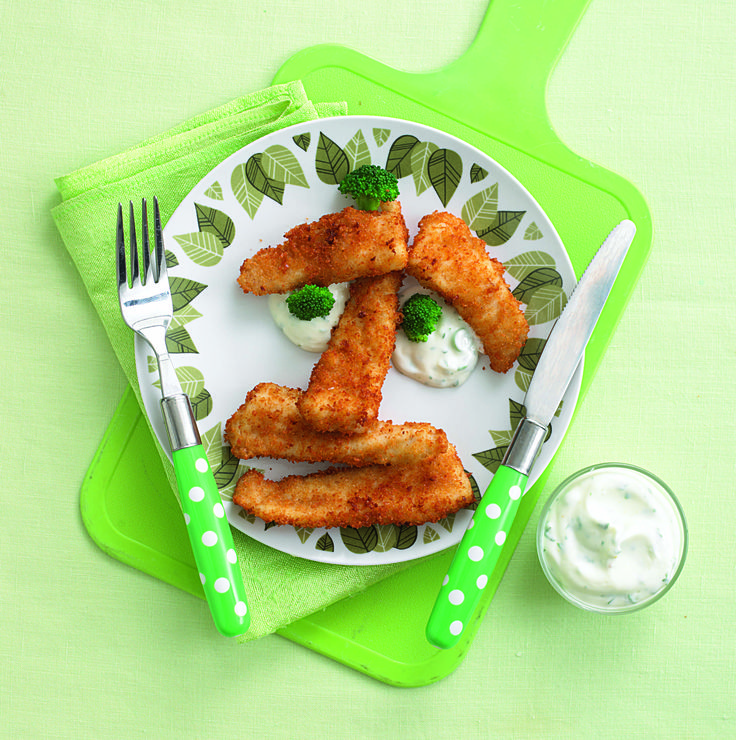 Acetic eel is well eaten by all fry of fish of pecilia. However, you need to know that growing fry will need larger food, so vinegar eel is food for the first time. Read more about breeding acetic eel...
Acetic eel is well eaten by all fry of fish of pecilia. However, you need to know that growing fry will need larger food, so vinegar eel is food for the first time. Read more about breeding acetic eel...
Aulophorus
Aulophorus worms will be an excellent valuable and nutritious food for mollies fry. In the first week, the aulophorus for mollies fry will be still large, therefore, before feeding, it must be crushed by cutting with a blade on a small piece of rubber or glass, then washed in a net made of dense fabric. Breeding aulophorus is easy. Aulophorus is bred on foam rubber sponges by placing them in a low plastic container with a closing lid. Sponges are placed in the container and filled with aquarium or tap water so that the upper part of the sponges remains not flooded with water by 2-3 mm.
Sprinkle worms on the surface of the sponges, sprinkle food and cover with a lid. Aulophorus feed can be used: herbal flour, boiled carrots, spirulina or chopped hercules. It is believed that crushed oatmeal (oatmeal) gives the best result. The culture of worms should be allowed to multiply, and within 2-3 weeks, the aulophorus is only fed, adding top dressing as it is eaten, and changing the water every 1-2 days.
It is believed that crushed oatmeal (oatmeal) gives the best result. The culture of worms should be allowed to multiply, and within 2-3 weeks, the aulophorus is only fed, adding top dressing as it is eaten, and changing the water every 1-2 days.
The change of water is carried out by lightly squeezing the sponges directly in the container by light pressing and changing the water several times. Aulophorus worms remain in the drained water; in order to drain them, it is necessary to drain the water from the container through a net made of dense fabric (tulle, organza, veil). Collected worms can be returned to the sponge or fed to the fish. Collect worms for feeding with tweezers and wash in a net. If the worms are clean without any admixture of top dressing, they can not be washed. Read more about breeding aulophorus...
Daphnia moina
Perhaps the best food for mollies fry is Daphnia moina. Why is this type of live food so good? First of all, daphnia moina is a zooplankton. That is, the very food that the fry of many fish species should eat in the first days of their lives. Daphnia moina is suitable for everyone. Due to the large difference in size from a recently born crustacean to an adult, both the smallest fry and grown-up and even adult fish can feed on daphnia.
That is, the very food that the fry of many fish species should eat in the first days of their lives. Daphnia moina is suitable for everyone. Due to the large difference in size from a recently born crustacean to an adult, both the smallest fry and grown-up and even adult fish can feed on daphnia.
If Daphnia are introduced in large numbers to the fry in the aquarium, Daphnia crustaceans can live in the aquarium for a long time until they are eaten. Daphnia feed on bacteria, so in an aquarium where daphnia live, the water is always clear and there is never a bacterial outbreak.
Breeding daphnia moin is quite simple. For these purposes, you will need a separate aquarium or plastic barrel. The volume of the aquarium affects the final result of the obtained biomass under optimal conditions. Usually, for amateur aquarists who do not breed fish in large quantities, a cultivator aquarium with a volume of 50 liters is sufficient.
Aquarium or tap water is poured into the cultivator aquarium, daphnia are added and the water temperature is maintained at 26-30°C. Daphnia are fed with dry or pressed baker's yeast, adding to the cultivator until the water becomes slightly cloudy. Lighting is suitable both fluorescent and natural, daylight hours are at least 8 hours. Every 7-10 days, daphnia needs to change the water, and it is more convenient to do this after collecting the crustaceans. Mollies fry on daphnia grow very quickly.
Daphnia are fed with dry or pressed baker's yeast, adding to the cultivator until the water becomes slightly cloudy. Lighting is suitable both fluorescent and natural, daylight hours are at least 8 hours. Every 7-10 days, daphnia needs to change the water, and it is more convenient to do this after collecting the crustaceans. Mollies fry on daphnia grow very quickly.
Mollies: how to grow, what to feed, Care
Hello to all readers of my blog! Today I will tell you how to grow mollies fry. There comes a time when a beginner aquarist thinks about breeding fish. Or maybe he accidentally notices that mollies fry are hiding in the thickets of plants in his aquarium. In this case, it is necessary to catch the fry in a separate aquarium and follow my recommendations.
How to Raise Mollies
Mollies do not need their parents, especially since it is not safe to leave them with them. Mollies have no parental instinct, and hungry fish can easily eat their offspring.
Mollies have no parental instinct, and hungry fish can easily eat their offspring.
Females awaiting childbirth are placed in advance in special cages or simply plastic tanks or three-liter jars and shaded so that the mother does not see her offspring after childbirth. Born fry are transferred to a rearing aquarium equipped with a lamp, a compressor and a heater, where the fry are grown and only after that they are moved to a common aquarium.
Caring for baby mollies
Raising baby mollies is best done in a hygienic aquarium. It is believed that in an aquarium without soil and plants it is easier to maintain cleanliness. Mollies fry, unlike, for example, guppy fry, prefer warmer water (27-29 ° C). Do not allow temperature jumps in the direction of its decrease.
Mollies fry in cool water quickly become ill. The first signs of scratching and compression of the fins. Sick fry are much more difficult to cure than adult fish and often end in the death of fry, and the survivors noticeably lag behind in growth. In the cool season, a heater with a built-in thermostat will help maintain a stable water temperature.
In the cool season, a heater with a built-in thermostat will help maintain a stable water temperature.
The fry tank must have clean water. A bacterial outbreak and overcrowding of the aquarium is unacceptable. Food not eaten by fry must be removed, as well as accumulated excrement from the bottom and water changes. Ampoule snails and small ancistrus catfish will help keep the aquarium clean.
How many fry does mollies give birth to
Mollies are quite prolific fish and on average one female can bring up to 40-50 fry per month. What if you have multiple females? Is there enough space in the grow tank? You can solve the problem with a lack of space if you additionally use 10-15 liters. plastic jars. Plastic tanks are reliable transparent and do not emit toxic substances into the water.
Growing fry should be settled in additional aquariums or tanks, taking into account that 1 cm of fish length is approximately 1 liter. water. Otherwise, the fry will experience discomfort, suffer from a lack of oxygen and lag behind in growth.
What to feed mollies fry
Feed mollies fry with live food. Set aside dry and artificial foods. Only live food contains essential amino acids necessary for the growing body of fry. Where to get live food? To provide fry with live food, it is not at all necessary to catch them in ponds, streams and rivers.
Live food can be bred at home. The best live food crops include daphnia moina, aulophorus and acetic eel. By clicking on the links, you can learn in detail about the breeding of these feeds, as well as order them by mail for home breeding.
Newly born mollies are best suited for Daphnia. Daphnia from the first day are fry in size. Daphnia belongs to zooplankton, which means that mollies fry will instinctively prefer daphnia among other live foods. Among the aulophorus there are also small 2-3 mm worms that will also be willingly eaten by fry, and if there are not enough large worms, they can be cut with a blade, then washed in a net made of dense fabric and only then fed to fry.